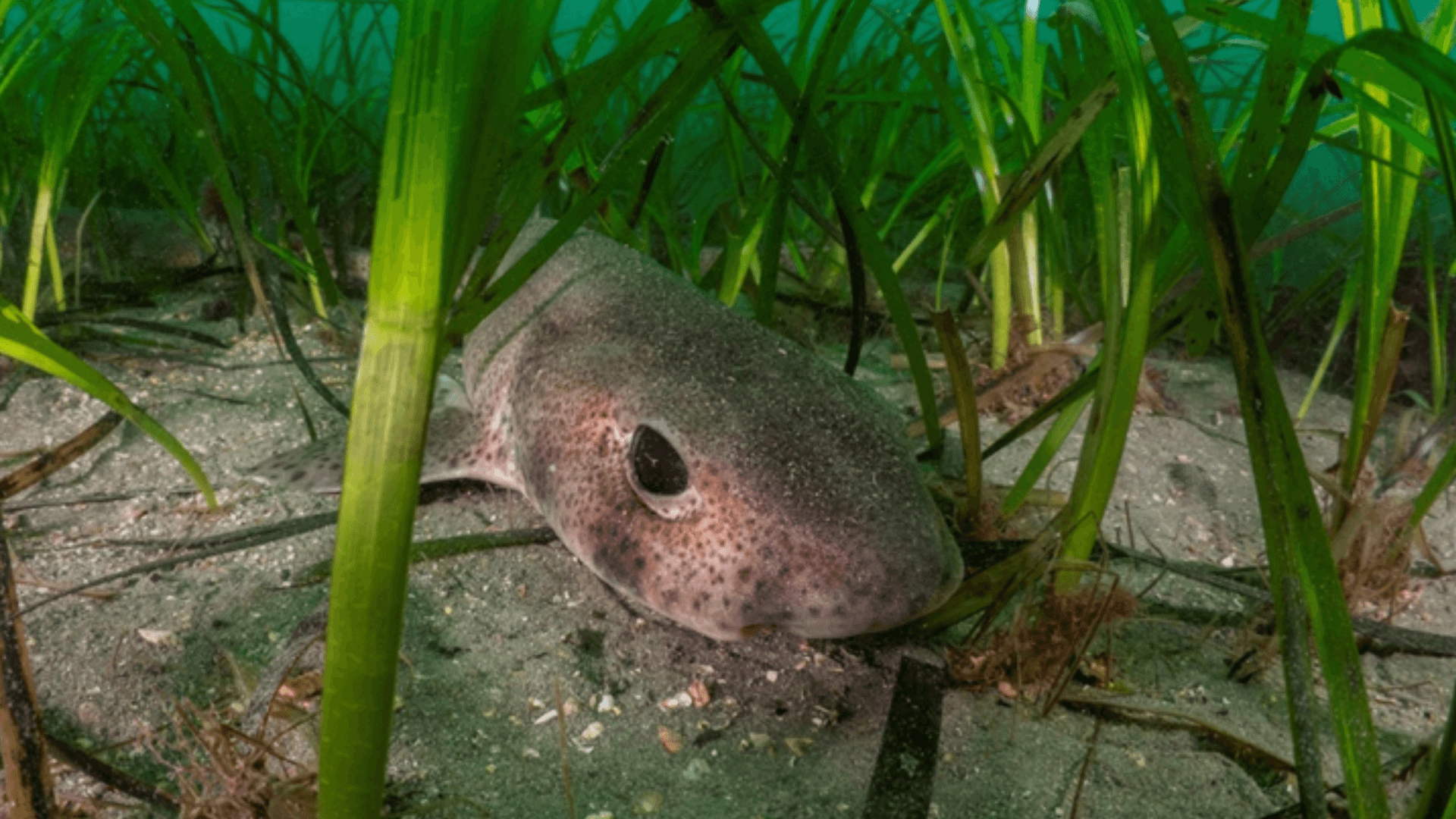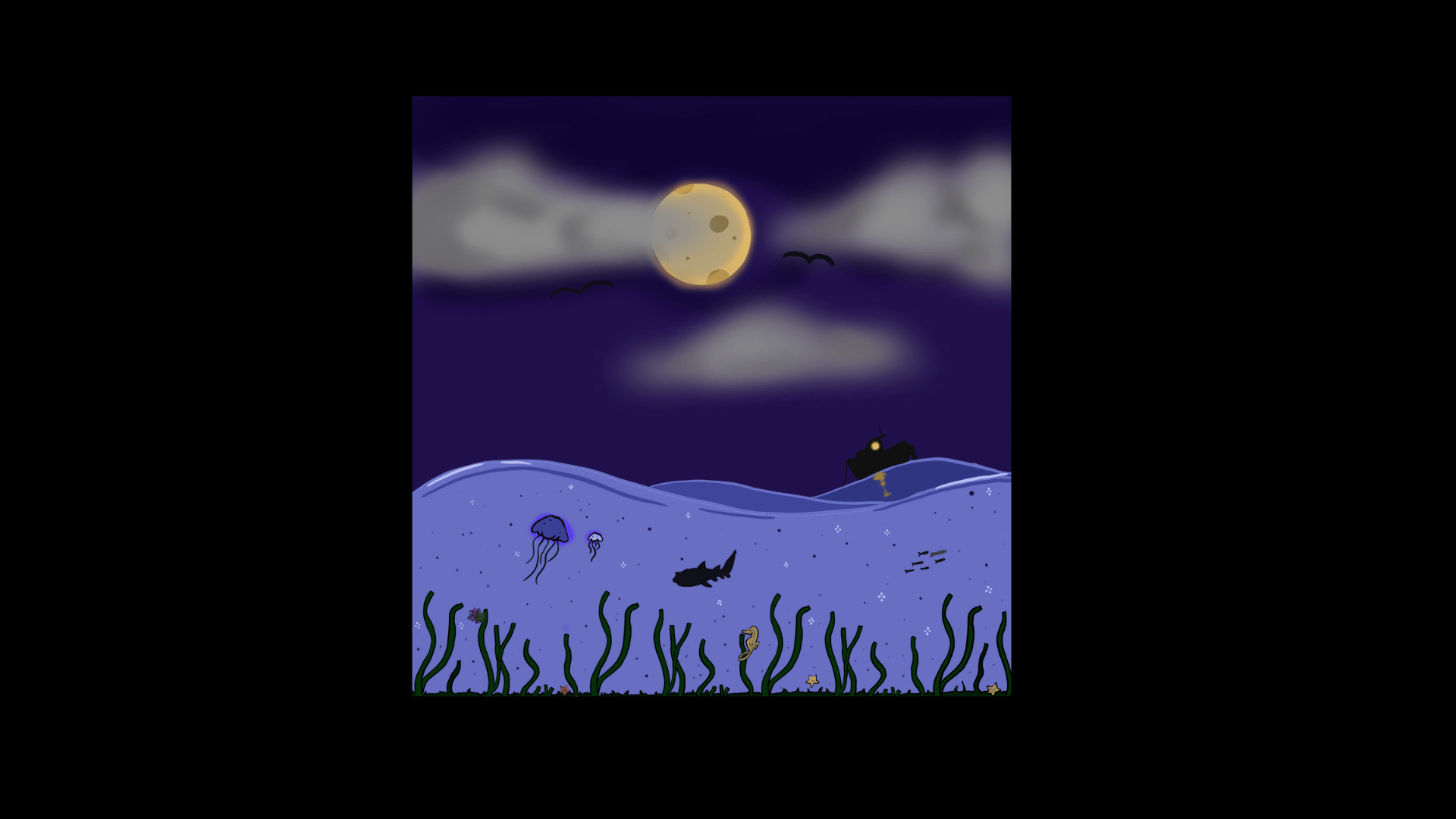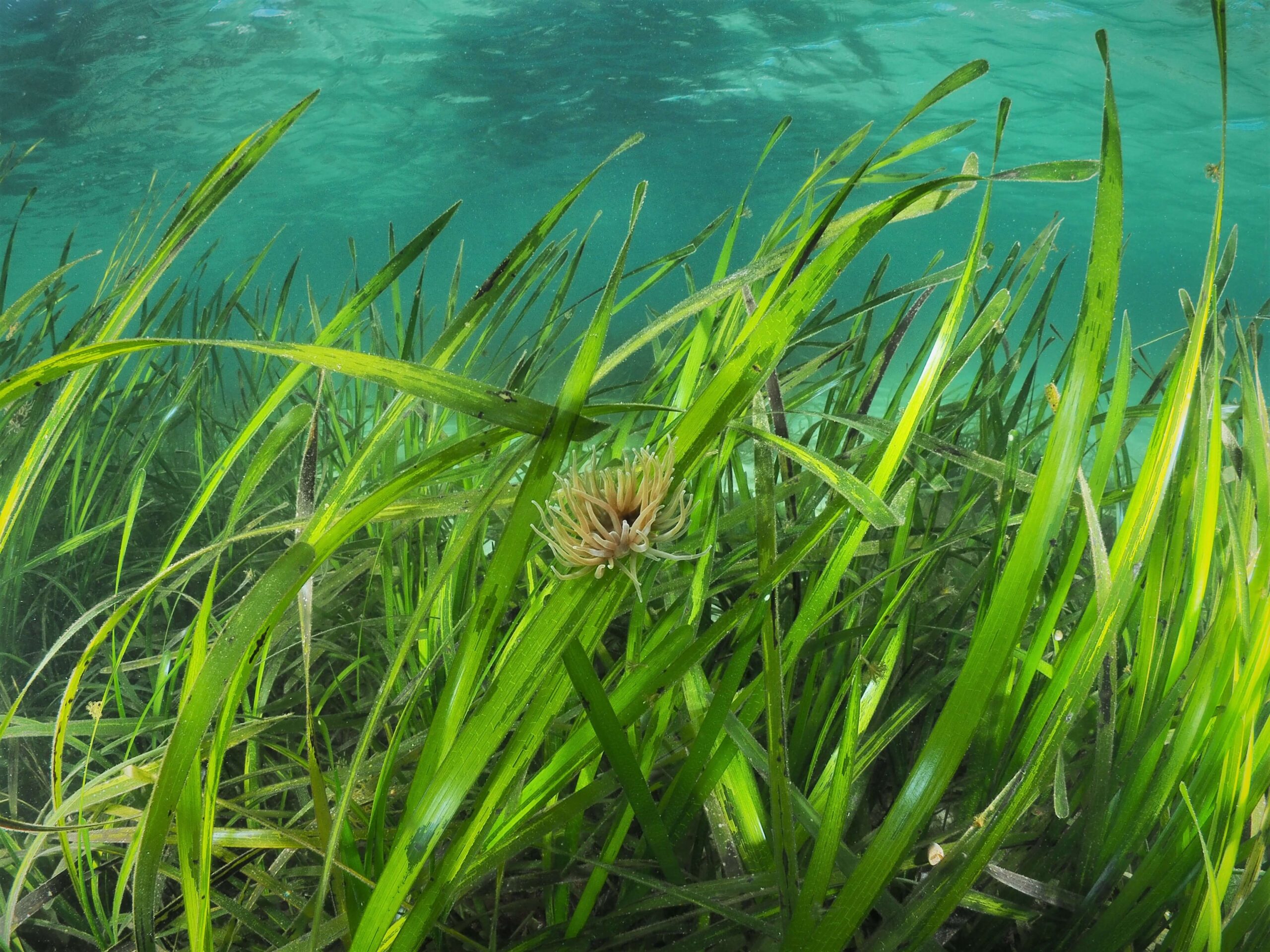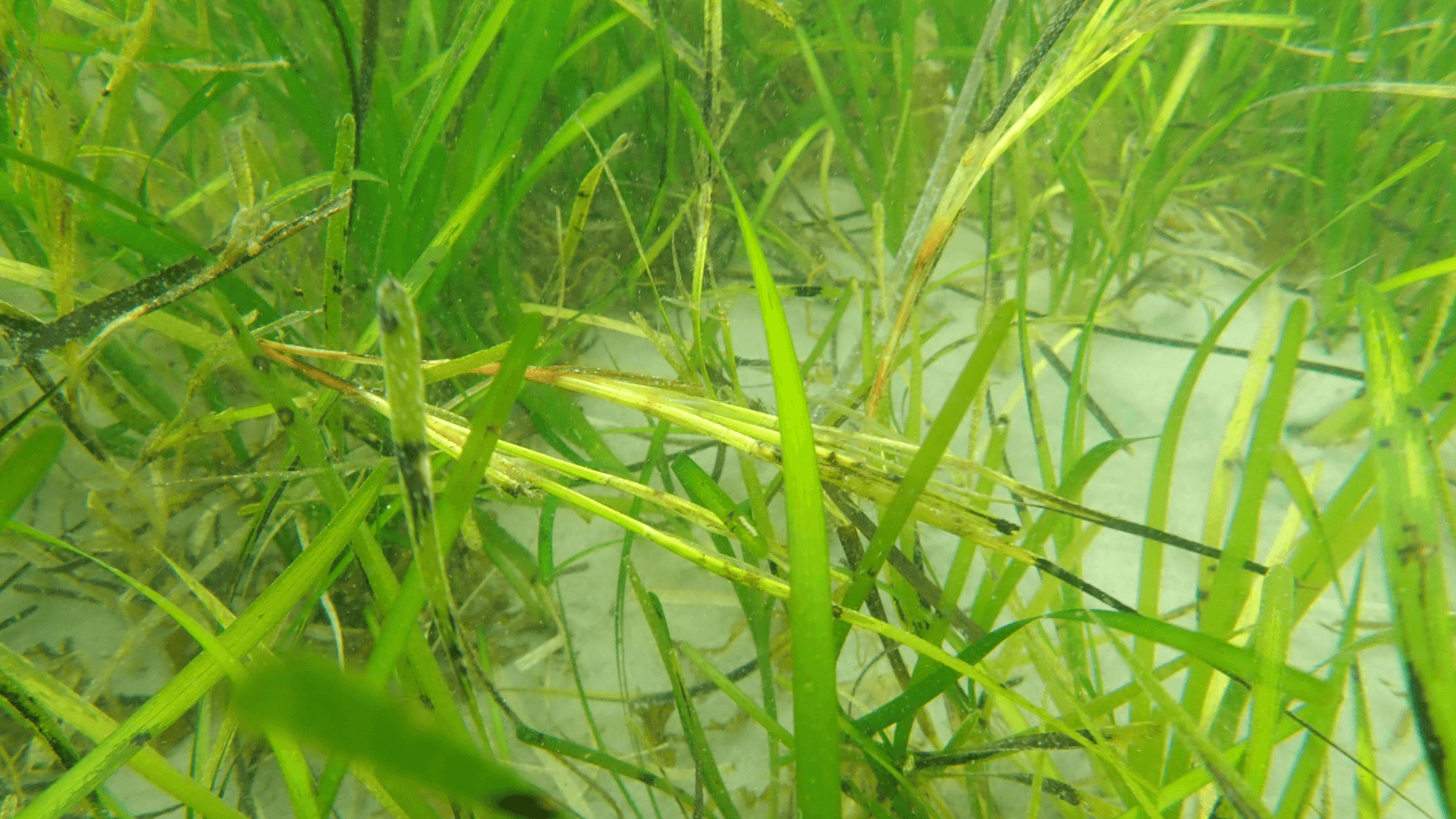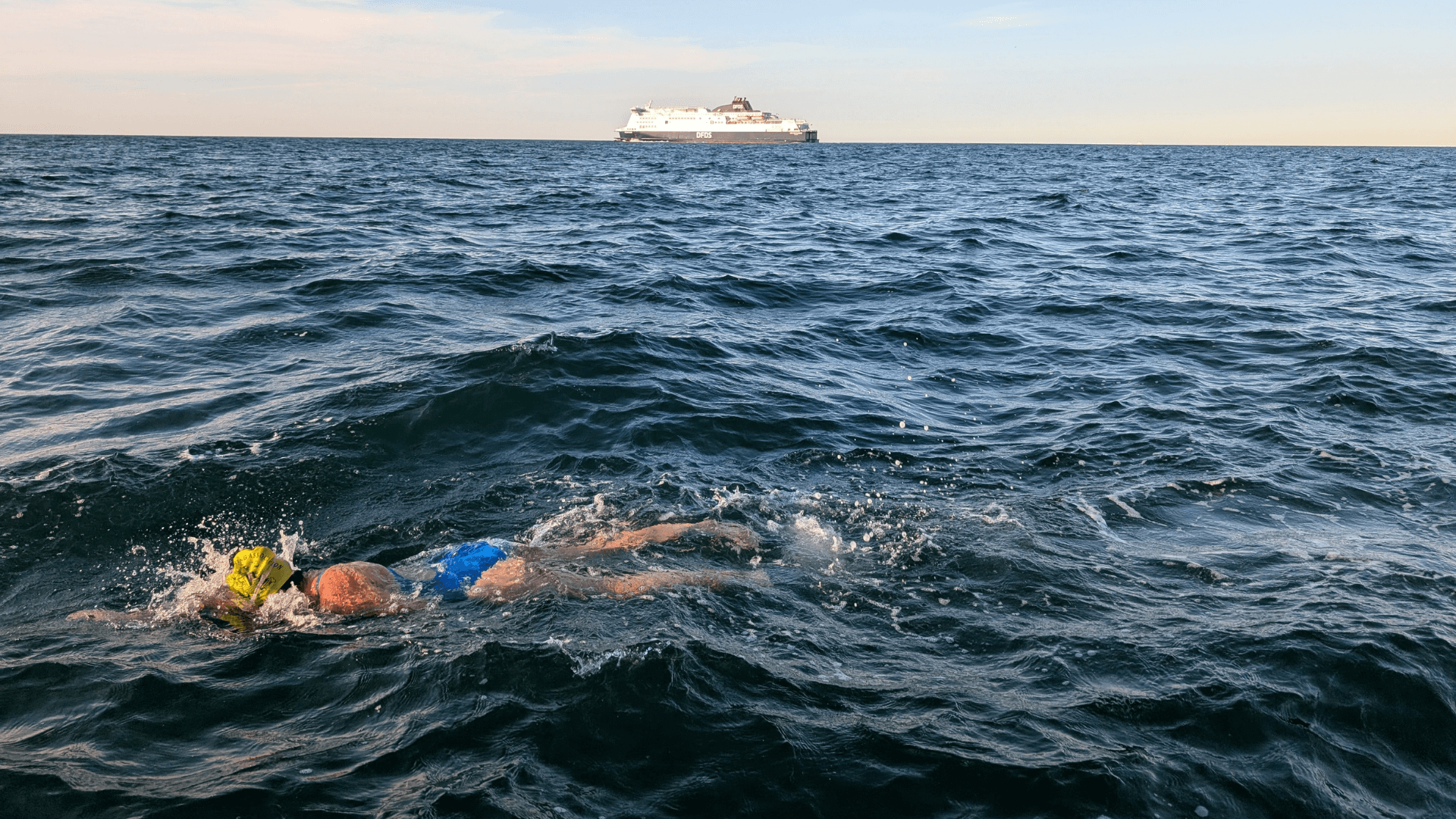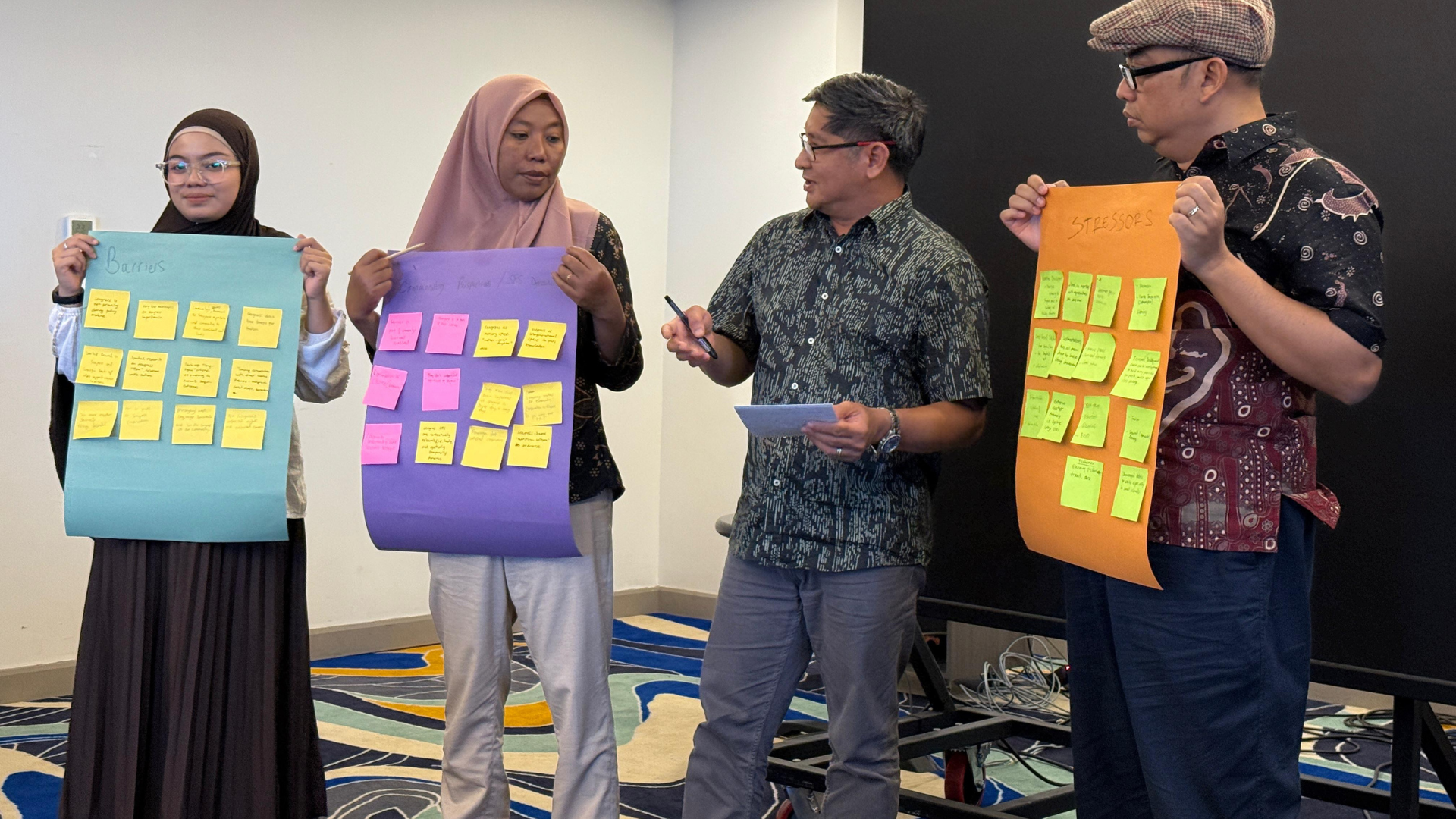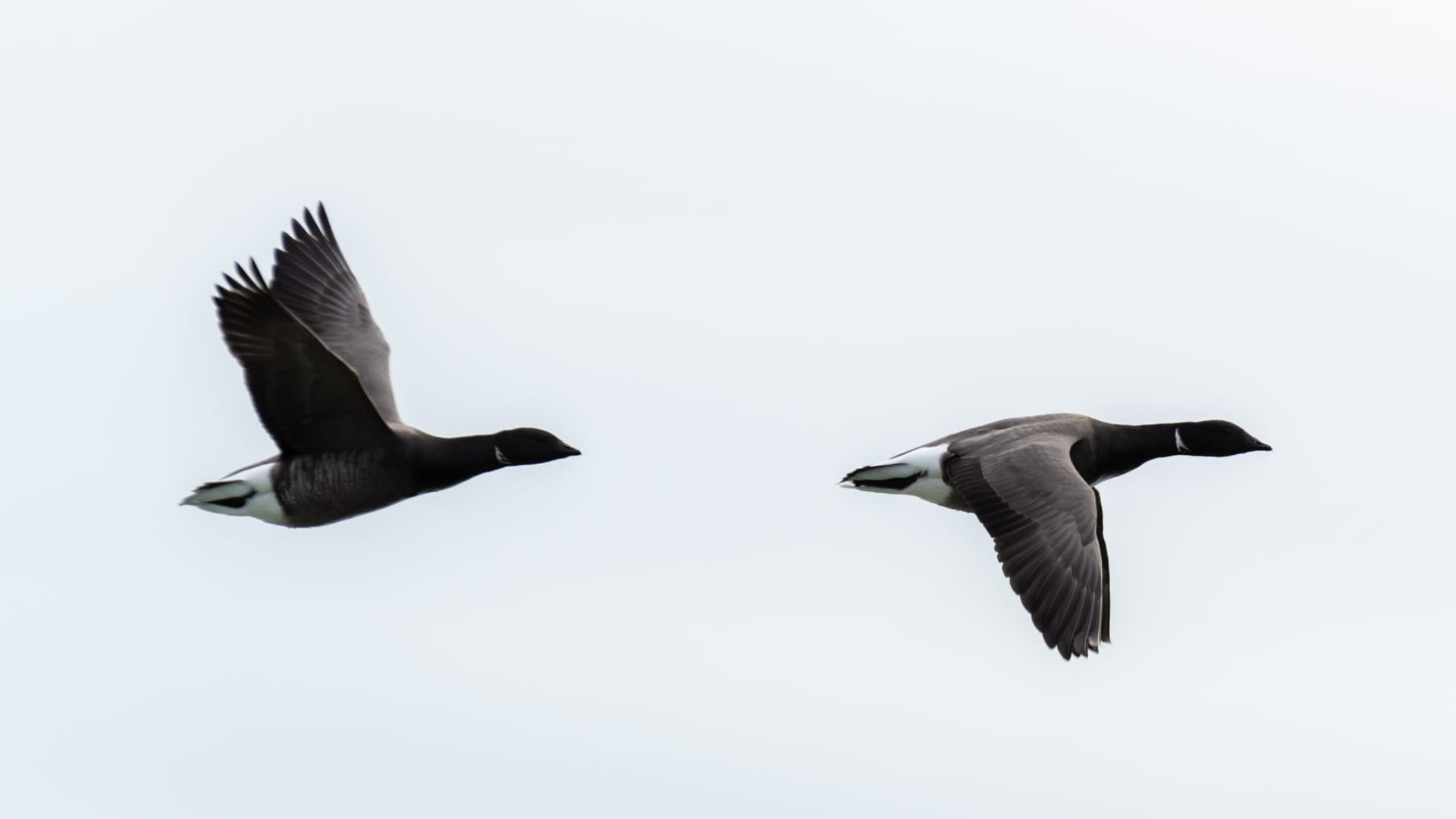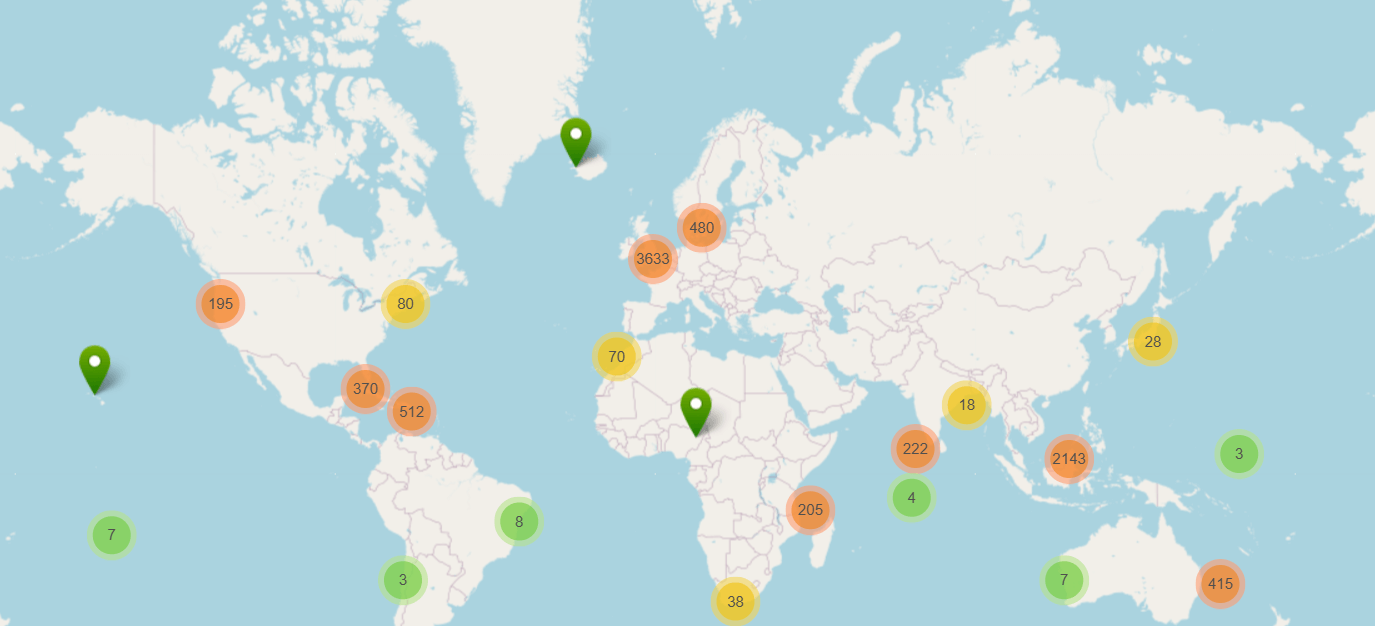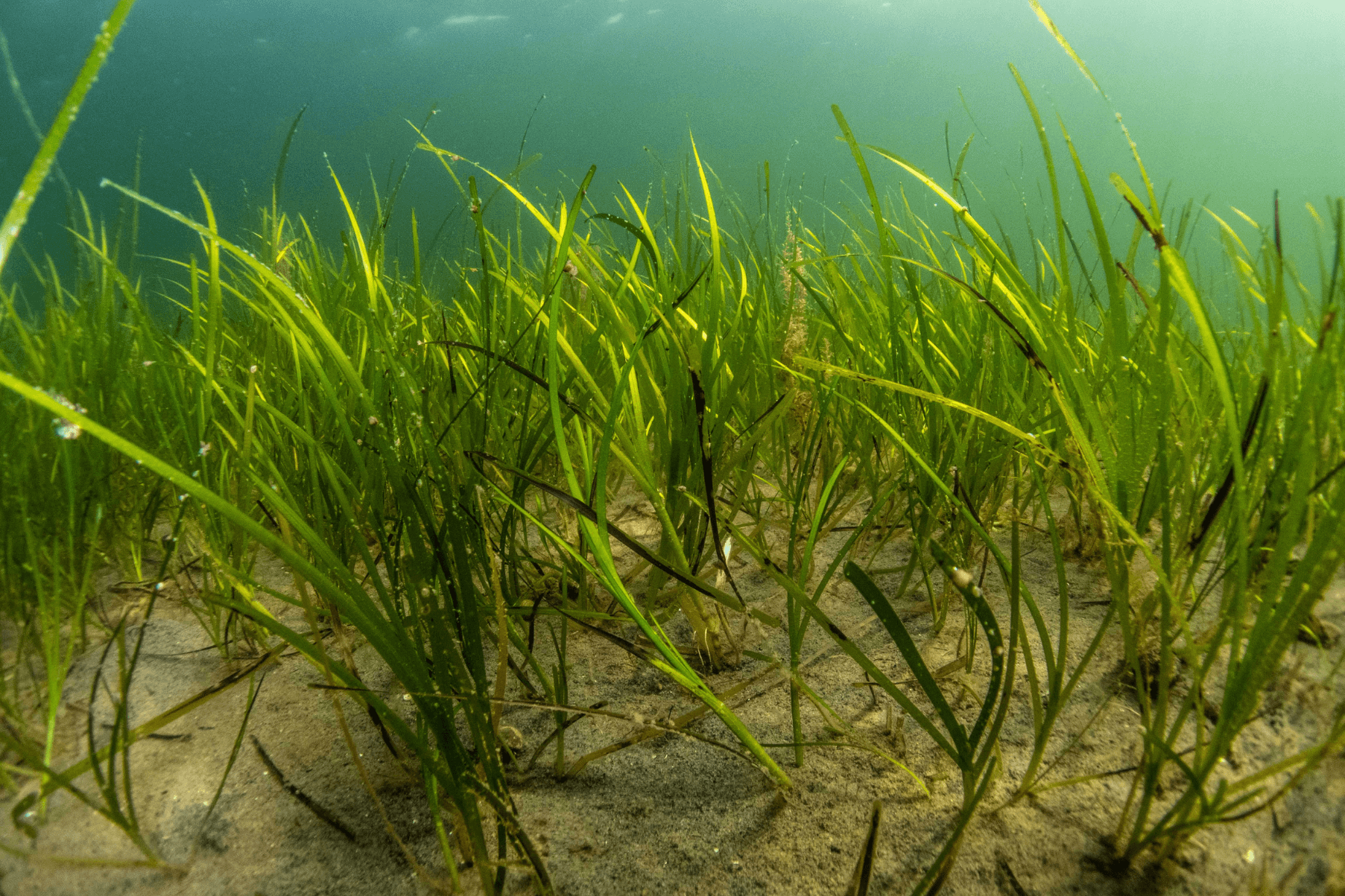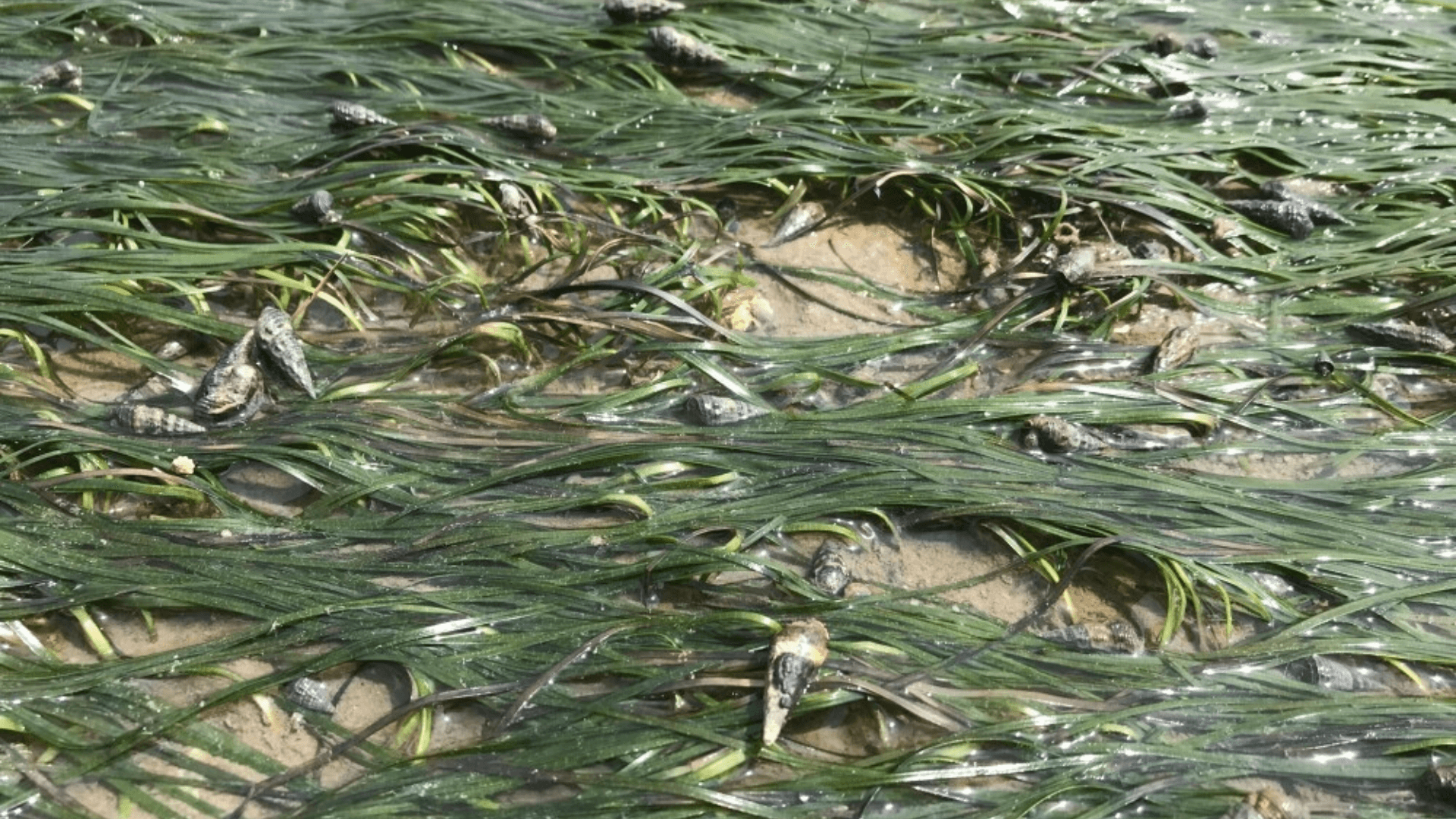In an article for Halloween, Grace Cutler, one of Project Seagrass’ Interns for the 2025-26 academic year, explores the frightening reality of continued seagrass loss as a result of anthropogenic activity and how this in turn threatens seagrass’ role in supporting people and planet. Werewolves are struck down by silver bullets, vampires are defeated with wooden stakes; the environment is protected by seagrass. While it may not be as dramatic, the narrative that aligns seagrass as the ultimate solution to combating the environmental crisis is popular. As someone studying this remarkable habitat, it’s easy to see why. The only marine flowering plant in the world, seagrass offers numerous ecological benefits, supporting both our planet and humanity. Despite this, we risk ignoring the crux of the issue by relying on these green solutions. We keep polluting. It is because we continue to pollute our environment, be it through greenhouse gases, plastic pollution, or general waste production, that the very things that help to prevent the environmental crisis, are dying. A Natural Water Filter? While seagrass may not clean water bodies, it increases particle deposition rates by slowing the speed of waves and allowing more time for particles to sink to the ocean floor. Particles can then become trapped in the seagrass meadow and are prevented from ending up elsewhere in waterways. This process has been shown to capture excess nutrients, waste products, and even pathogens. A study conducted in the greater Seattle Metropolitan Area showed that mussels placed in seagrass habitats had 65% less relative abundance of some pathogens when compared to mussels placed in habitats without seagrass. Yet, the most apparent threat to seagrass, identified by UK researchers, is water quality. Like most plant species, seagrass can function in polluted water quality up to a point or ‘threshold value’. Similar to how humans can eat a certain number of toffee apples until it becomes too much and we get a sugar crash. Once this threshold is exceeded, seagrass will decline and, in some severe instances, disappear from the environment entirely. One such instance can be seen in the Chinese province Hainan, where researchers found that a dissolved inorganic nitrogen concentration of 8μM or above will cause seagrass meadows to disappear. This is because an excess of nutrients in water bodies, like nitrogen, stimulates the production of algae which blooms on the surface of the water and prevents sunlight from reaching seagrass beds. Additionally, some nutrients like ammonium and sulphides can have direct negative effects on seagrass growth. Fortifying our Coastlines Imagine a castle that is under attack. If it is strong and maintained, the castle will be better at defending itself against intruders. However, the next time it is under attack, there are holes and weak points left in it from the previous battle. Over time, this castle falls into disrepair and becomes a ruin, leaving it unable to protect its inhabitants. Seagrass is similar. Its inhabitants are our coastlines. Coastlines today are facing threats on all fronts. Sea level rise, extreme storms, and erosion are just some of the problems they experience. With that said, some have considered using seagrass as a way of minimising the impact of storms causing erosion in these areas. Through their matted root systems, called rhizomes, seagrass meadows have been shown to improve the stability of sediments and reduce wave energy before it reaches the shore in some hydrodynamic systems. Yet, seagrass is also harmed by these storms. Meadows that are struck by intense physical disturbances can be uprooted or die back, initiating a positive feedback loop where meadows in decline are more vulnerable to disturbances. This means when the next storm hits, seagrass not only will be more susceptible to decline, but they are also less able to protect our coasts. What About Carbon? Carbon storage is a phrase often thrown around. It may be the key reason why people are interested in seagrass as an answer to climate change. With anxiety surrounding our warming planet on the rise, this isn’t unprecedented. However, seagrass may not be quite the antidote we think it is. Recent evidence has shown that following disturbances, carbon stored in the soil of meadows may be re-released into their environment as carbon dioxide. Such disturbances can range from direct physical effects, such as dredging and construction work, or indirect global threats stimulated by climate change. A 2011 marine heat wave struck the West-coast of Australia, causing the reported loss of over 1000 km2 of seagrass in Shark Bay. Another instance of mass seagrass loss occurred in the Gulf of Mexico, where two seagrass species (Halodule wrightii and Syringodium filiform) disappeared following sea level rise in 2014. Without seagrass, the carbon stored in these soils is easily remineralised and released back into the environment. What’s Next? Thankfully, the main factor contributing to seagrass decline appears to be anthropogenic impacts such as dredging, overfishing, and agricultural runoff. This means that with changes in how we do things, we can stop the death of seagrass. However, this means seagrass mustn’t be painted as a plaster to patch up the pollution of the planet. To help seagrass, we must reduce pollution, reduce nutrient runoff, protect seagrass so it can protect us! References Ranking the risk of CO2 emissions from seagrass soil carbon stocks under global change threats Extreme climate events lower resilience of foundation seagrass at edge of biogeographical range Too hot to handle: Unprecedented seagrass death driven by marine heatwave in a World Heritage Area Rapid sea level rise causes loss of seagrass meadows Seagrass ecosystems as green urban infrastructure to mediate human pathogens in seafood Toxic effects of increased sediment nutrient and organic matter loading on the seagrass Zostera noltii Losses and recovery of organic carbon from a seagrass ecosystem following disturbance Continual migration of patches within a Massachusetts seagrass meadow limits carbon accretion and storage Mediterranean seagrasses provide essential coastal protection under climate change
